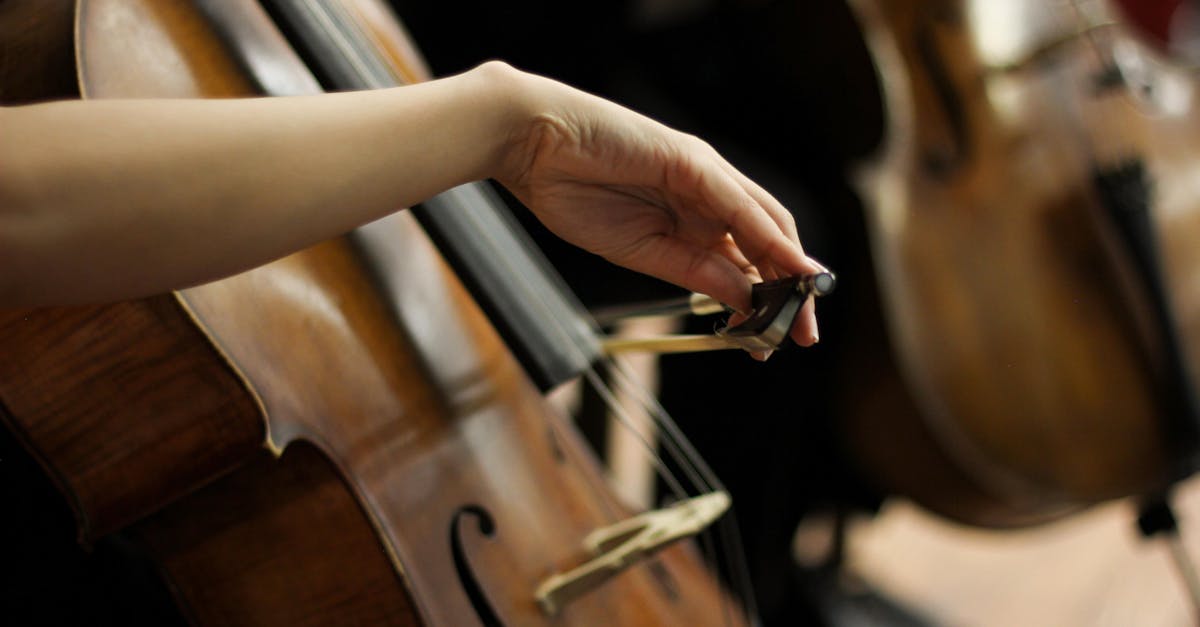Universal Harmonies Exploring Global Tunes
Introduction to Global Tunes
In an increasingly interconnected world, music serves as a universal language that transcends geographical borders and unites cultures. From the rhythmic drumming of African tribes to the gentle strumming of Japanese kotos, music reflects a mosaic of human experiences and traditions. Its ability to convey emotions, tell stories, and bring people together makes it a powerful cultural phenomenon. Across continents, diverse musical styles have emerged, each with unique characteristics and histories. Exploring these global tunes not only enriches our understanding of various cultures but also emphasizes our shared humanity. Such exploration reveals that, despite linguistic and cultural differences, music often carries universal themes of love, struggle, and celebration.
Advertisement
The Roots of Melody
Music traces back to prehistoric times when early humans used rhythm and sound to communicate and express themselves. In Africa, considered the cradle of mankind, primitive instruments like the djembe drums laid the foundation for countless musical forms. This continent's rich musical heritage has influenced everything from blues and jazz to contemporary pop and rock. Similarly, the indigenous communities in Australia have preserved music traditions through the didgeridoo, an ancient instrument used in ceremonial practices. These foundational tunes are a testament to humanity's profound relationship with music, illustrating it as an integral part of cultural expressions and rituals. Such musical roots provide insights into the development and diffusion of melodic traditions worldwide.
Advertisement
Asian Musical Landscapes
Asia is home to many ancient musical heritages that have profoundly shaped global music. Indian classical music, with its intricate ragas and talas, offers a complex system of melody and rhythm, captivating audiences with its depth and spirituality. In contrast, the minimalist approach of Japanese music, exemplified by the koto and shamisen, celebrates simplicity and natural beauty. Traditional Chinese music, with instruments like the erhu and guzheng, conveys emotional narratives and historical tales. Each of these traditions offers unique insights into the cultural narratives of their respective societies, influencing genres and musicians globally. The exploration of Asian musical landscapes reveals a wealth of artistic diversity rooted in history.
Advertisement
European Harmonies and Innovations
Europe stands out in musical history for its vast contribution to the evolution of classical music and subsequent genres. From the baroque compositions of Bach to the symphonies of Beethoven, classical European music has deeply influenced global musical expressions. The Renaissance period marked the beginning of harmony, polyphony, and formalized notation systems, allowing composers to craft intricate pieces that could be shared and recreated across regions. Moving into the modern era, European influences birthed genres such as electronic music, with pioneers like Kraftwerk revolutionizing music production. This continent's musical experiments and innovations have consistently redefined how music is created, shared, and experienced worldwide.
Advertisement
The Americas' Melodic Melting Pot
The Americas, both North and South, present a vibrant tapestry of musical genres shaped by a blend of indigenous, African, and European influences. In the United States, the struggle and resilience of African American communities gave birth to blues, which evolved into jazz, rock, and hip-hop—genres with global appeal. Meanwhile, Latin America is renowned for its rhythmic passion, best exemplified by samba, salsa, and tango, which inject vivacity into the global soundscape. Indigenous music, from Native American flutes to Andean panpipes, continues to shape regional identities and enrich global music. The Americas exemplify how diverse cultural intersections can produce innovative and internationally influential music.
Advertisement
Middle Eastern Melodic Stories
The Middle East boasts a rich and diverse musical tradition that has evolved over millennia. Known for its complex rhythmic structures and modal scales, this region's music is both soulful and deeply expressive. Instruments such as the oud, qanun, and darbuka create melodies that accompany traditional dances and celebrations. Arabic music, renowned for its maqams or musical modes, has significantly influenced neighboring regions, fostering an introspective and emotive musical style. The lingering strains of Persian classical music also highlight Iran's cultural legacy, weaving poetic lyrics with evocative melodies. Middle Eastern music, with its rich narratives and emotional depth, continues to inspire and influence global musicians.
Advertisement
The Influence of Technology on Global Music
Technology has profoundly transformed how music is produced, consumed, and shared across the globe. The advent of streaming platforms allows listeners to access a vast repertoire of international music from any location. This ease of access has facilitated cultural exchange, allowing global audiences to discover and appreciate diverse musical styles. Meanwhile, technological advances in music production, including digital audio workstations and synthesizers, have broadened creative possibilities for artists. These tools enable musicians to blend traditional sounds with electronic elements, crafting innovative cross-genre compositions. As technology continues to evolve, it is anticipated that new music exploration and collaboration opportunities will further bridge cultural divides.
Advertisement
Music as a Catalyst for Cultural Exchange
Music plays a pivotal role as a beacon of cultural exchange, fostering understanding and appreciation among diverse peoples. International festivals and events, such as the WOMAD (World of Music, Arts, and Dance), celebrate global tunes by featuring artists from different countries. Collaborations between artists of various cultural backgrounds lead to hybridity in music styles, blending distinct traditions into a harmonious experience. Furthermore, music education initiatives around the world promote cultural exposure, encouraging students to explore world music and its historical significance. This exposure enhances cultural literacy and awareness, allowing societies to grow closer by celebrating both their diversity and shared musical heritage.
Advertisement
The Future of Global Music and Harmonies
As new generations embrace the interconnectedness of our world, global music is poised for further transformation. The continuous evolution of musical collaborations across borders promises innovative fusion genres that draw from a wealth of cultural influences. With increasing awareness of preserving both traditional and contemporary music forms, artists are championing cultural exchange and collaboration. Furthermore, global socio-political issues inspire musicians to write songs of unity, reflecting collective aspirations for peace and harmony. The future of global music embodies the promise of harmony—an evolving narrative that celebrates cultural richness while promoting a shared human experience.
Advertisement
Summary and Conclusion
Music, as a universal harmony, transcends cultural boundaries and speaks to the soul with its timeless melodies. As we've explored, diverse musical heritages across continents showcase the beauty of human creativity and resilience. These global tunes not only preserve cultural histories but also pave the way for future innovations. Through technology, cultural exchange, and collaborative efforts, the world of music continues to unite societies in celebration of their shared artistic expressions. In a world where differences often divide, music offers a harmonious reminder of our collective humanity.
Advertisement







